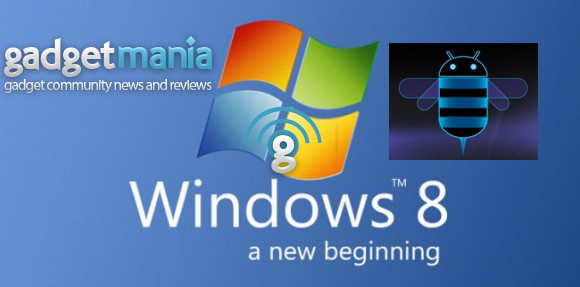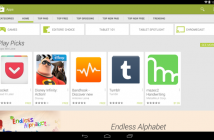
Microsoft has had quite the bumpy ride with their quest to getting in the mobile OS game, and while Windows 7 Phone is a very good operating system (especially with the latest Mango update) that has everything a normal user would need on his smartphone, it still is nowhere near as popular as a lot of analytical companies anticipated and clearly behind Android and iOS, which are also getting better every month.
The deal with Nokia, which should start showing results starting next year should theoretically increase their market share considerably, however it’s still not a sure thing, and it may actually end up toppling the titan phone maker instead – although that’s really unlikely.
Regardless of that, Microsoft has their smartphone OS out and they’re here to stay. But what about the other booming mobile niche, tablets? Why, they have an OS for that, as well, although it turned out to be completely different than what everyone expected: instead of getting a sort of Windows 7 Tablet, we got Windows 8, running on the good old x86 kernel with all the good and bad things that come with it.
But if you look closer (at the demonstrations that Microsoft has been slowly releasing for the past few months), you can see that Windows 8 is actually pretty darn impressive, even on a tablet… or should I say especially on a tablet!
The Metro UI interface is very elegant, and can easily compare to the iOS and more importantly, Honeycomb. Indeed, the new OS is an amazing competitor to the current leader in the tablet OS market, and there’s no denial that it could definitely become a popular choice for a lot of people in the near future.
Honeycomb certainly has the best interface for tablets: it both looks sleek and works very well with all the apps and widgets that users can use, something that the iPad’s simple looking interface can only dream of. However, Windows 8 with its home screen tiles, professional look and unique features can definitely hold its own against Android 3.0, while still retaining all of the functionality of Windows – the ability to run any and all x86 apps ever made for Windows.
That is certainly a powerful point for a lot of people, and performance shouldn’t be a problem: while on smartphones, the main constraint is battery life, on tablets that problem can be solved relatively easily, and Intel’s new ULV dual cores are enough to run anything from your favorite Twitter client (Tweet Deck for Windows looks very nice, by the way) to Photoshop CS5 without any issues.
While Android has a very large collection of apps, many of which can be good alternatives to Windows software, they are nowhere near as mature or have as many features – it’s undisputable that Windows is still king of productivity and variety of work. Plus, multi-core support is much better realized in Windows 8 than in Android 3.0, although that will change with the upcoming Ice Cream Sandwich, for sure.
Overall, the new Windows 8 is a pretty good OS for tablets that can hold its own against Honeycomb and iOS, and it will make for a perfect choice for those who want an ultra portable tablet, but don’t want to let go of all the useful apps and software they have on their desktop or laptop.



